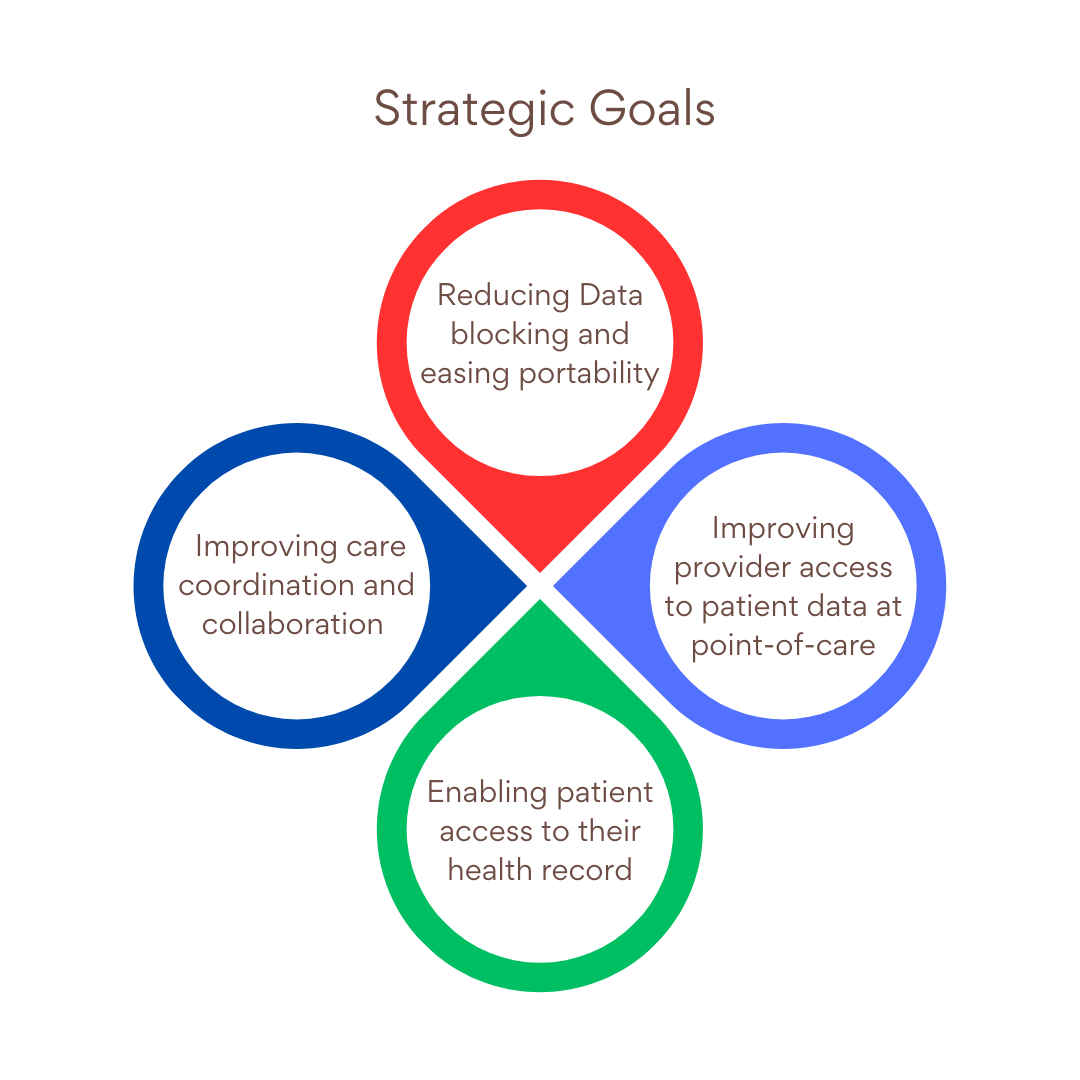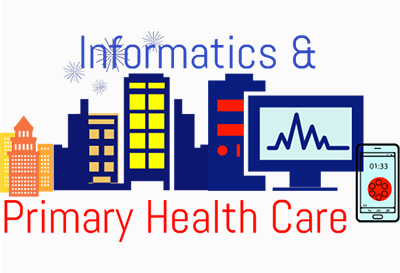by June Kaminski, RN MSN PhD(c)
Editor in Chief
Citation: Kaminski, J. (2023). Editorial. Remote Patient Monitoring. Canadian Journal of Nursing Informatics, 18(3). https://cjni.net/journal/?p=12212

Patients are provided with a tablet, peripheral monitoring devices such as BP monitor, pulse oximeter, and weigh scale. An experienced clinician uses this data for assessment and intervention. Follow-up may be via telephone or videoconferencing through the embedded Zoom application, directly into the patient’s home” (Eastern Health, 2022, para. 6-7).
Video: A Life Transformed
In a quasi-experimental evaluation of their RPM program which focused on clients with chronic obstructive pulmonary disease, heart failure or type II diabetes, Eastern Health found that 81.7% of people agreed that the RPM program improved their health and quality of life (Eastern Health, 2018). Most appreciated that their ability to self-manage their conditions improved, and they felt supported by the resources and remote health team available to them. They also saw a 51.1% decrease in emergency room visits and hospitalizations in the clients who participated. “Ratings of self-efficacy or confidence increased during participation in the program, as did patients’ knowledge of and perceived ability to manage their condition. Conversely, perceived limitations associated with daily activities decreased” (Eastern Health, 2018, p. 38).
On Canada’s west coast, Island Health Authority evaluated an RPM program implemented on Vancouver Island. They found that clients who engaged in this program for chronically ill clients, agreed that the program improved their self-management abilities (87%), knowledge of their chronic condition (92%), quality of life (85%), family/caregiver confidence in the care the client was receiving (86%), and satisfaction with their progress towards set health goals (92%) (Island Health Authority, 2018, p. 38). Medication management was also included in the Island Health RPM, by connecting clients with pharmacists to ensure medications are being taken as prescribed, and clients were benefiting from them without complications.
An important aspect of successful RPM is that it is ongoing for the long-term. While engaged in such programs, clients feel supported, connected, and motivated. Once pilot programs or short-term solutions are complete, a sense of dissatisfaction with post-program care has been expressed by some RPM participants. While long-term solutions may seem costly, when compared to the price of frequent hospitalizations and more common chronic care treatments, this cost becomes reasonable and worth consideration. “As such, chronic disease management is best performed in the community with active and coordinated support from primary care. The aim is to support people with chronic diseases to maintain their independence and remain in their own community, receiving the right care, in the right time, in the right way and by the right providers” (Ontario Telemedicine Network, 2016, p. 4).
Another important requirement for successful RPM is equitable access to technology, networks, and equipment. These are all barriers to RPM especially in rural and remote areas, like the Yukon. “Additionally, it is important to provide easy-to-use technology solutions with secure systems that do not rely on patients already having compatible technology. Providing tablets that had their own cellular data capabilities was critical to ensuring that technology availability and security, internet access and associated costs were not barriers to patients. While this introduces higher deployment costs than those associated with an app, for instance, it improves equity” (Canadian Institute for Health Information, 2023, p. 35).
Although RPM is extremely valuable to clients with chronic conditions, it is also very promising for acute or post-acute care clients. Programs have emerged to fill the gaps between surgical hospitalizations, early discharges, and post-discharge recovery. For instance, hospitals like the University of Ottawa Heart Institute (UOHI) utilize RPM to follow discharged clients using Cloud DX tablets to monitor clients’ weight, oxygen, blood pressure, pulse and temperature and take photographs of their healing post-op wounds. “Three nurses at the UOHI are able to monitor over 400 heart failure patients annually, and another nurse is monitoring the newer surgical monitoring program, with about 35 patients each month” (Zeidenberg, 2023, p. 6). The Cloud Dx system also allows clients to speak with clinicians via text or video in real-time using the custom Android tablet and Connected Health™ app. Vital signs are monitored using a wireless blood pressure monitor, weigh scale, pulse oximeter, and thermometer.
Virtual care through RPM services is a key strategy for meeting the goals and desired outcomes of Canada’s Virtual Care Policy Framework using client and community centred approaches to care. Goals of this framework include (Health Canada, 2021):
- Enhance access to care.
- Provide high-quality, appropriate, and safe care.
- Protect and strengthen the publicly funded health care system.
- Improve patient and provider experience of care.
- Improve health system efficiency.
It is important that nurses continue to be involved in the implementation of RPM across the nation. It can provide access and comfort to clients that enables the space and support needed to help them thrive despite chronic health problems or recover post-hospitalization. Despite barriers to access, and not enough long-term programs, RPM can become a staple part of the Canadian healthcare system, especially as primary health care becomes the norm.
References
Canada Health Infoway. (n.d.). Remote Patient Monitoring. Virtual Care. https://www.infoway-inforoute.ca/en/digital-health-initiatives/virtual-care
Canada Health Infoway. (2021, Aug 16). A Life Transformed. [Video]. YouTube. https://youtu.be/B_U3wmU6zI8?si=5hlqMg8S_q4NbC45
Canadian Institute for Health Information. (2023). The Expansion of Virtual Care in Canada: New Data and Information. https://www.cihi.ca/sites/default/files/document/expansion-of-virtual-care-in-canada-report-en.pdf
Eastern Health. (2022). Remote Patient Monitoring (RPM). Virtual Care. https://www.easternhealth.ca/find-health-care/virtual-care/
Eastern Health. (2018). An Evaluation of a Remote Patient Monitoring Solution within Eastern Health. Department of Research. https://www.infoway-inforoute.ca/en/component/edocman/3472-an-evaluation-of-a-remote-patient-monitoring-solution-within-eastern-health/view-document?Itemid=103
Health Canada. (2021). Virtual care policy framework. A product of the Federal, Provincial and Territorial Virtual Care/ Digital Table. https://www.canada.ca/content/dam/hc-sc/documents/corporate/transparency/health-agreements/bilateral-agreement-pan-canadian-virtual-care-priorities-covid-19/policy-framework/policy-framework-eng.pdf
Island Health Authority. (2018). Evaluation of the Home Health Monitoring Expansion Project. https://www.infoway-inforoute.ca/en/component/edocman/3482-evaluation-of-the-home-health-monitoring-expansion-project/view-document
Ontario Telemedicine Network. (2016). Ontario Telemedicine Network Telehomecare Deployment Project: Phase 2 – Remote Patient Monitoring. RPM-05B – Benefits Evaluation Report. https://www.infoway-inforoute.ca/en/component/edocman/3176-ontario-telemedicine-network-telehomecare-deployment-project-phase-2-remote-patient-monitoring/view-document
Zeidenberg, J. (2023, Oct 2). Ottawa Heart Institute expands remote monitoring to surgical patients. Canadian Healthcare Technology, October, 6-10. https://www.canhealth.com/wp-content/uploads/2023/10/Canadian-Healthcare-Technology-2023-07.pdf





